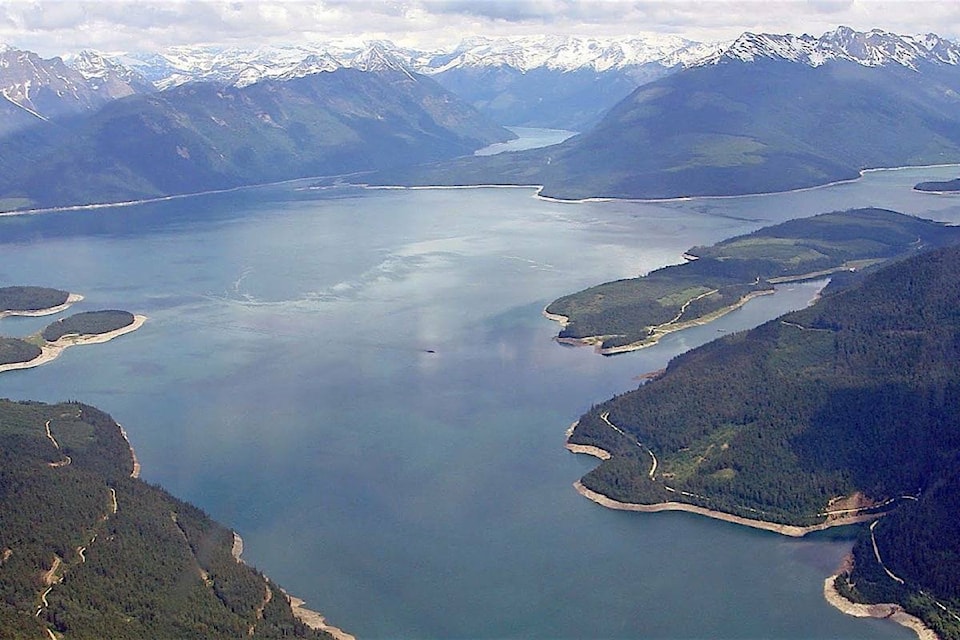The 19th round of Columbia River Treaty talks wrapped up last week in Portland as Canada and the United States continue efforts to modernize the decades-old water management agreement.
Canada and the U.S. made progress towards an agreement-in-principle on operational and other issues, according to an update. Further discussion items in the coming weeks will include topics such as compensation and bilateral treaty-ecosystem provisions.
If an agreement-in-principle is reached, the Province will collect feedback from B.C. Columbia Basin residents and First Nations on any proposed terms.
The B.C. government has been speaking with First Nations in the basin, local governments and the public since 2012 to learn what they want to see changed in a modernized treaty.
Nothing will be finalized until the people of the Columbia Basin have been consulted.
Originally ratified in 1964, the Columbia River Treaty is a water-sharing agreement between Canada and the U.S. that provide for downstream flood control management and power generation on the Columbia River.
The treaty led to the construction of three dams in British Columbia and one in Montana.
However, it has been historically criticized for a lack of consultation with Indigenous communities, as the reservoirs flooded out cultural and heritage sites, and impacted ecosystems, forests, agriculture and tourism values.
While the original main elements of the treaty emphasized flood control and power generation, ecosystem function and habitat impacts from hydropower operations has become a significant new discussion point led by Indigenous Nations in the modernization talks.
